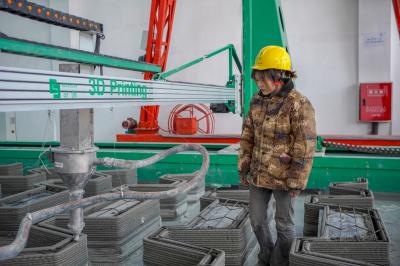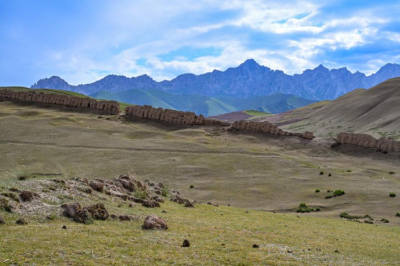There is no best, only better human rights protection. The Chinese government is keenly aware it still faces many challenges despite China's tremendous achievements in the development of human rights. Its economic development mode is still crude and it is still fraught with problems from unbalanced, uncoordinated and unsustainable development. There is still a big gap between urban and rural development. There are still problems of immediate concern to the people remaining to be solved, including medical care, education, old age care, food and drug safety, income distribution and the environment. The corruption and misconduct in some sectors cannot be ignored. There is still a long way to go to realize higher-level protection of human rights in China and hard efforts must be made.
In a congratulatory letter to the Beijing Forum on Human Rights in September 2015, Chinese President Xi Jinping pointed out that the Chinese people have gone through much suffering and know very well the great significance of human value, basic human rights and human dignity to social development and progress. It is a common objective of the human society for people to fully enjoy human rights. China will steadfastly advance the human rights cause both in China and the rest of the world and work to make greater contribution to the advancement of human civilization.
II. Economic, Social and Cultural Rights
From 2012 to 2015, China continued to deepen reform and adopted a series of important measures to promote development and improve people's livelihoods, comprehensively strengthening the guarantee of people's economic, social and cultural rights. Major targets set by the Action Plan were fulfilled on schedule.
(1) Right to work
Figure 1: New urban jobs 2012-2015 (Unit: Ten thousand)
Equal rights to employment have been guaranteed. In 2012, 2013, 2014 and 2015, 12.66 million, 13.1 million, 13.22 million and 13.12 million new urban jobs were created respectively, surpassing the target of 9 million new jobs every year. The registered urban unemployment rate was kept within 4.1 percent, lower than the 5 percent target.
Figure 2: Number of regions that increased minimum wages and average rate of increase (2012-2015)
The right to get work remuneration as well as rest and leave has been further guaranteed. In 2012, 2013, 2014 and 2015, minimum wages were raised in 25, 27, 19 and 27 regions respectively by 20.1 percent, 17 percent, 14.1 percent and 14.9 percent. In 2012, the Standing Committee of the National People' s Congress amended the Labor Contract Law, again stressing equal pay for equal work. In 2015, more than 90 percent of employees working in various enterprises signed labor contracts. More than 50 percent of workers enjoyed annual leave with pay in 2015, according to a survey on human resources and social security conducted in 60 cities in November 2015. |
- Home
- News |Tibet |Exclusive |China |World |Related News |Latest
- Documents |White Papers |Others
- Photo |Politics |Economy & Society |Culture & Religion |Human & Nature |Beautiful Tibet |Other Tibetan-Inhabited Area |Exchanges |Related
- Video |News |Documentary |Micro-Video |Entertainment
- Art
- Tourism
- In Focus
- About Tibet






